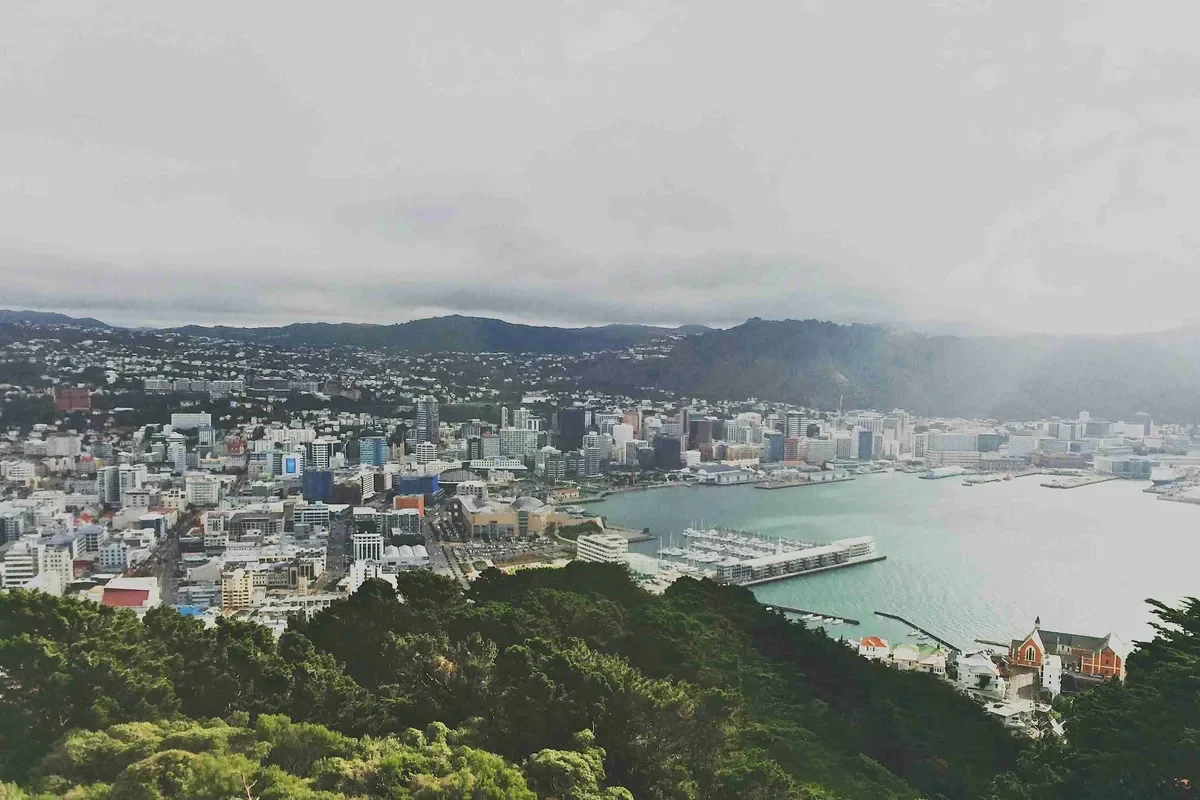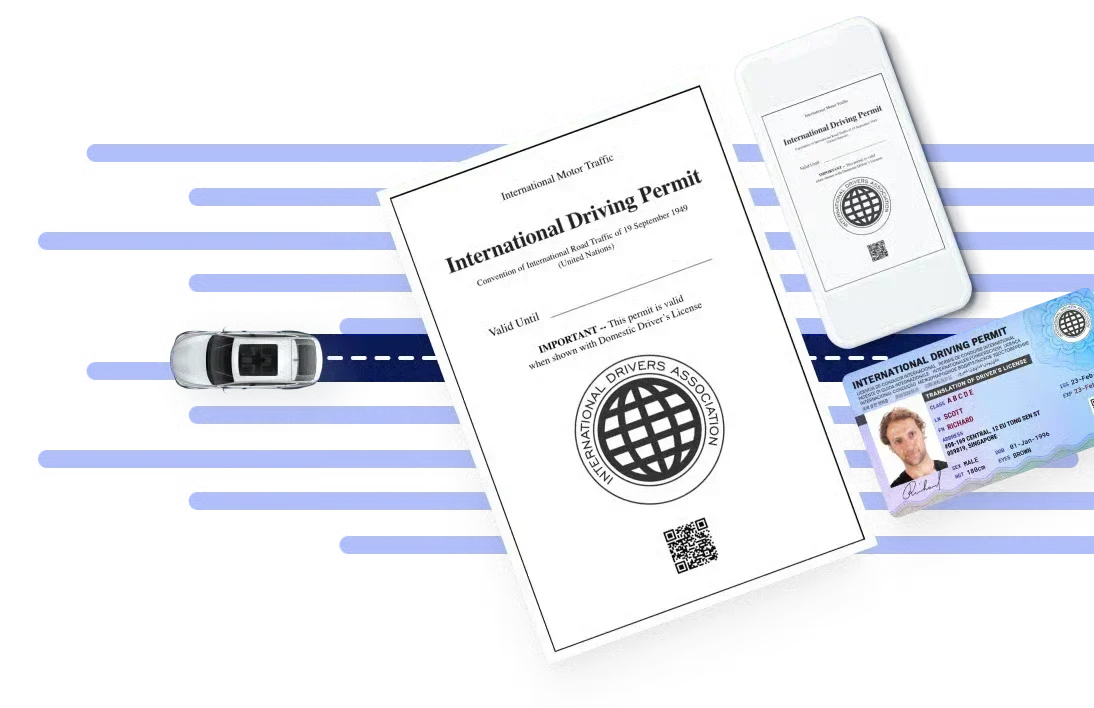Ready to hit the road and explore New Zealand’s stunning landscapes? Wellington, the vibrant capital city, is the perfect starting point for unforgettable road trips. Whether you’re a local looking for a weekend getaway or a visitor wanting to see more of the country, these five routes offer something for everyone. Buckle up and get ready for an adventure!
Wellington to Napier (Hawke’s Bay)
Distance: About 320 km
Estimated Driving Time: 4-5 hours
Kick-off this journey by heading north out of Wellington on State Highway 2. The first leg of the trip takes you through the picturesque Hutt Valley, where the road winds alongside the Hutt River. As you continue, the landscape transforms into rolling hills and farmland.
Your first major stop should be the charming town of Greytown in the Wairarapa region. Known for its Victorian architecture and boutique shops, it’s the perfect place to stretch your legs and grab a coffee. While you’re there, take a stroll down the main street and admire the well-preserved historic buildings.
Continuing north, you’ll soon reach Masterton, the largest town in the Wairarapa. If you’re traveling with kids, consider a quick detour to the nearby Pukaha National Wildlife Centre. Here, you can spot rare native birds like the kiwi and takahē.
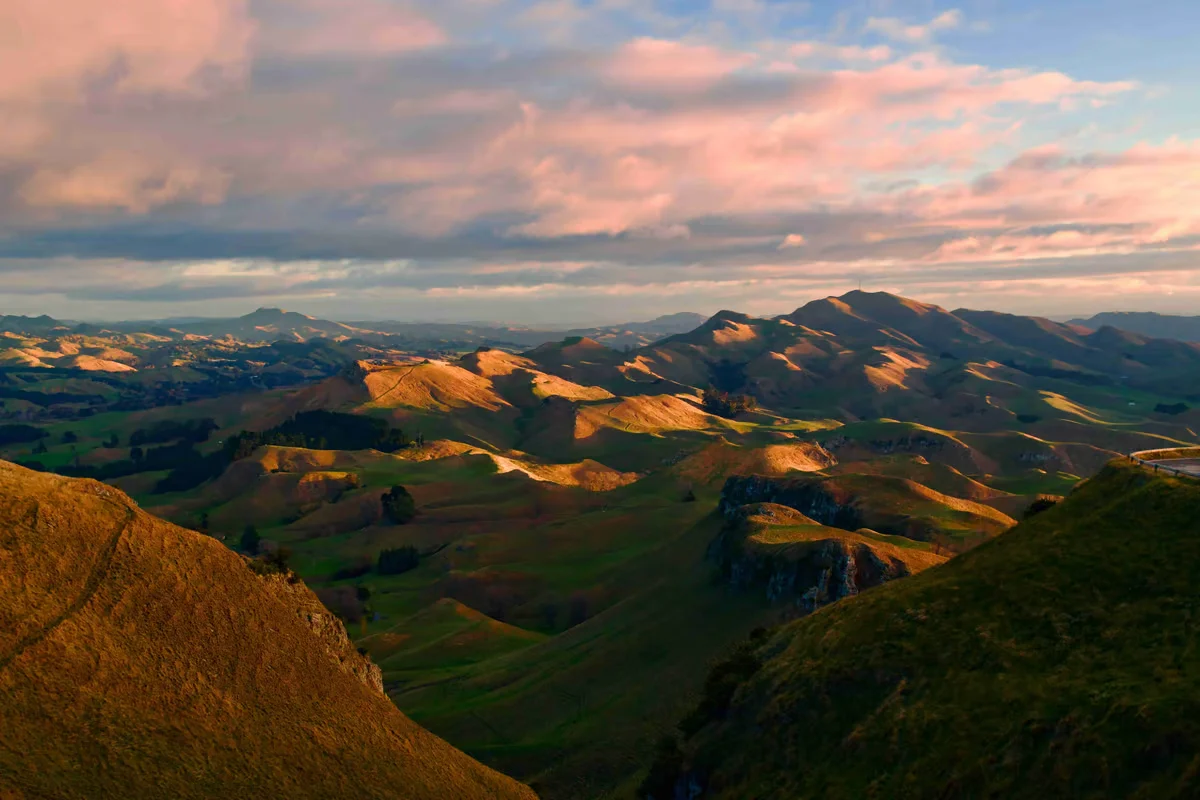
Source: Photo by Steve Philip on Unsplash
As you approach Hawke’s Bay, the landscape changes again, with vineyards stretching as far as the eye can see. Wine enthusiasts should plan a stop at one of the many cellar doors in the region. Some popular choices include Mission Estate Winery (New Zealand’s oldest winery) or Craggy Range.
Finally, you’ll arrive in Napier , which is famous for its Art Deco architecture. After the devastating 1931 earthquake, the city was rebuilt in the popular style of the time, resulting in a concentration of Art Deco buildings unlike anywhere else in the world.
To fully appreciate Napier’s unique charm:
- Join a guided walking tour to learn about the city’s history and architecture.
- Visit the Art Deco Centre for more in-depth information.
- Drive up to Te Mata Peak for panoramic views of Hawke’s Bay.
- Stroll along the Marine Parade and enjoy the seaside atmosphere.
This route offers a perfect blend of history, culture, and natural beauty, making it an ideal weekend getaway from Wellington.
Wellington to Taupō
Distance: About 370 km
Estimated Driving Time: 5-6 hours
This route takes you to the heart of the North Island and showcases some of New Zealand’s most dramatic landscapes. Start by heading north on State Highway 1, following a similar path to the Napier route until you reach Waiouru.
As you approach Waiouru, you’ll notice the landscape becoming more rugged. This area marks the beginning of the volcanic plateau. Stop at the Army Museum in Waiouru to learn about New Zealand’s military history and stretch your legs before the next leg of the journey.
Continuing north, you’ll soon catch your first glimpse of the majestic volcanoes of Tongariro National Park. On a clear day, the snow-capped peaks of Mount Ruapehu, Mount Ngauruhoe, and Mount Tongariro create a breathtaking backdrop.
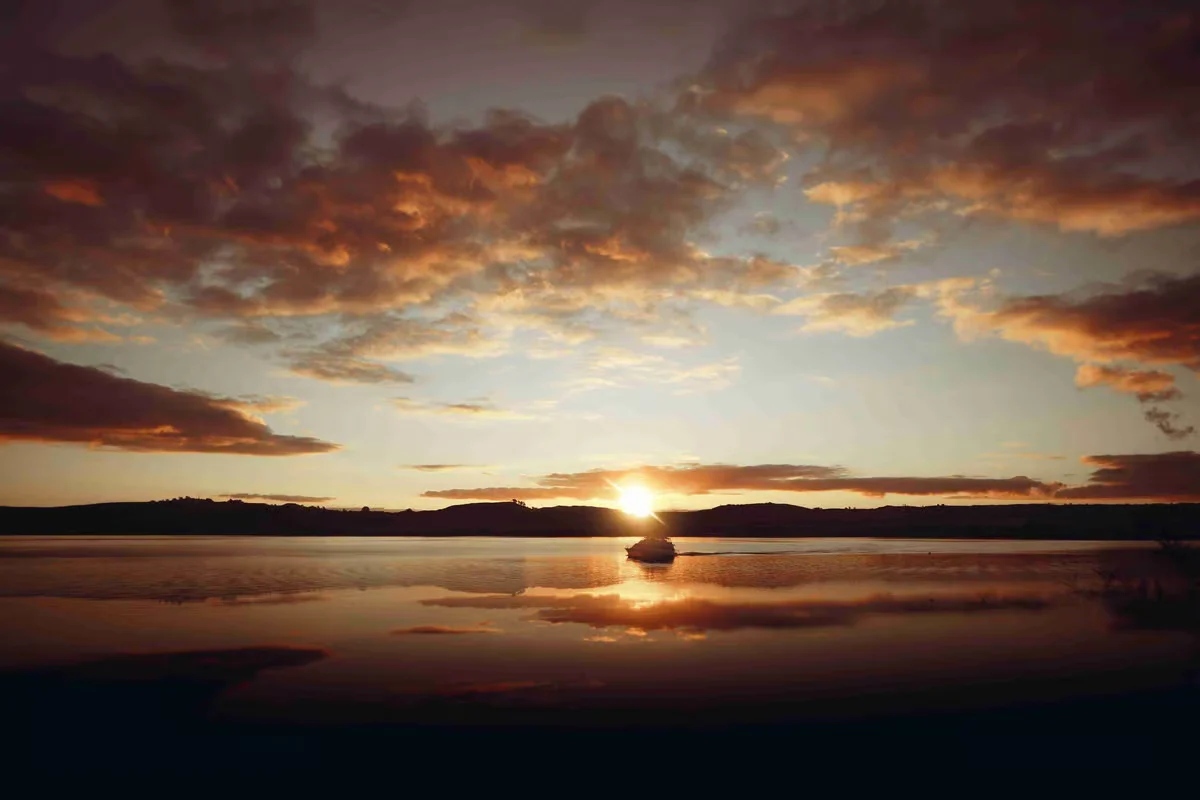
Source: Photo by Archee Lal on Unsplash
Consider taking a break in National Park Village or Whakapapa Village to explore some of the short walks in the area. The Taranaki Falls track (2 hours return) offers a great taste of the park’s diverse scenery without requiring a full day’s commitment.
As you approach Taupō, the massive lake (actually a caldera formed by a supervolcanic eruption) comes into view. Lake Taupō is New Zealand’s largest lake and offers a wealth of activities for visitors.
Things to do in Taupō:
- Visit Huka Falls, where the Waikato River narrows to a spectacular rapids.
- Take a lake cruise to see the Māori rock carvings at Mine Bay.
- Relax in the Taupō DeBretts Hot Springs.
- Try your hand at trout fishing – Lake Taupō is world-renowned for its rainbow trout.
For the more adventurous, consider booking a skydiving experience for unparalleled views of the lake and surrounding landscape.
This route showcases the raw power and beauty of New Zealand’s volcanic heartland, providing a stark contrast to the coastal landscapes around Wellington.
Wellington to New Plymouth
Distance: About 350 km
Estimated Driving Time: 5-6 hours
This journey takes you up the North Island’s west coast, offering a mix of rugged coastlines, lush forests, and the iconic Mount Taranaki. Begin by heading north on State Highway 1, then take State Highway 3 towards New Plymouth.
Your first significant stop should be the town of Bulls, known for its quirky word plays on signs around town. It’s an excellent place for a quick coffee break and lighthearted photo opportunities.
Continuing north, you’ll pass through Whanganui, a city rich in history and culture. If time allows, take a detour to visit the Whanganui Regional Museum or ride on the historic Whanganui Riverboat.
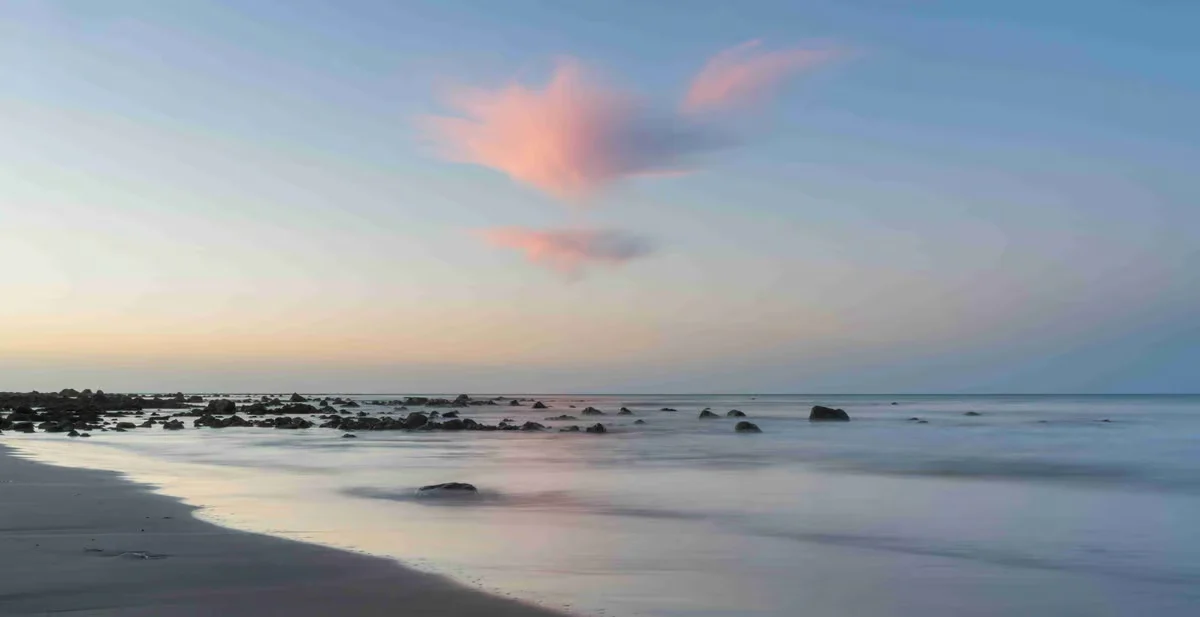
Source: Photo by Ethan Brooke on Unsplash
As you approach the Taranaki region, look for your first glimpse of Mount Taranaki (also known as Mount Egmont). This perfectly conical volcano dominates the landscape and is often compared to Japan’s Mount Fuji for its symmetrical shape.
Before reaching New Plymouth , consider a stop at Egmont National Park. The Dawson Falls Visitor Centre offers several short walks showcasing the lush rainforest at the base of the mountain.
Once in New Plymouth, you’ll find a vibrant coastal city with plenty to offer:
- Walk or cycle along the Coastal Walkway for stunning sea views.
- Visit Pukekura Park, which is especially beautiful during the annual Festival of Lights in summer.
- Explore the Govett-Brewster Art Gallery/Len Lye Centre, known for its contemporary art and distinctive architecture.
- Take a surf lesson at one of the city’s beaches.
For the best views of Mount Taranaki, drive up to the Pouakai Tarns. On a calm day, you might catch the mountain perfectly reflected in the alpine pools.
This route offers a fantastic mix of coastal scenery, lush forests, and the unique landscape surrounding one of New Zealand’s most photogenic mountains.
Wellington to Nelson (via ferry)
Distance: About 130 km driving after the ferry
Estimated Driving Time: 3-4 hours (including 3-hour ferry crossing)
This route gives you a taste of the South Island, starting with a scenic ferry ride across the Cook Strait. Book your ferry in advance, especially during peak season, and arrive at the terminal at least an hour before departure.
The ferry journey itself is an experience to be noticed. As you leave Wellington Harbour, you’ll cruise through the beautiful Marlborough Sounds, a network of sea-drowned valleys known for their stunning scenery.
Upon arriving in Picton, take some time to explore this charming port town. The Edwin Fox Maritime Museum, housing the world’s ninth-oldest ship, is worth a visit for history buffs.
From Picton, head west on State Highway 6 towards Nelson. This road takes you through the heart of Marlborough, New Zealand’s largest wine region. Wine enthusiasts should plan a stop at one of the many cellar doors. Cloudy Bay and Brancott Estate are two well-known options.
As you continue towards Nelson , you’ll pass through Havelock, the self-proclaimed “Greenshell Mussel Capital of the World.” If you’re a seafood lover, this is the place to try these local delicacies.
The journey’s final stretch takes you over the Bryant Range, offering beautiful views of Tasman Bay as you descend into Nelson.
Nelson, known for its arts scene and sunny climate, offers plenty to see and do:
- Visit the Nelson Market (Saturdays) for local crafts and produce.
- Explore the World of WearableArt and Classic Cars Museum.
- Relax on Tahunanui Beach, a popular spot for swimming and sunbathing.
- Use Nelson as a base to explore nearby Abel Tasman National Park, known for its golden beaches and turquoise waters.
This route gives you a tantalizing sample of the South Island, combining a scenic ferry ride, world-class wineries, and the artistic vibe of Nelson.
Wellington to Rotorua
Distance: About 460 km
Estimated Driving Time: 6-7 hours
This longer route takes you to Rotorua, the heartland of Māori culture and a geothermal wonderland. Follow the same route as the Taupō trip until you reach Taupō, then continue east on State Highway 5.
After leaving Taupō, you’ll pass through plantation forests before descending into Rotorua. As you approach the city, you might notice a distinct sulfur smell – don’t worry, you’ll get used to it!
Rotorua offers a wealth of attractions and activities:
- Visit Te Puia to see the famous Pohutu geyser and learn about Māori culture.
- Explore the geothermal wonders of Wai-O-Tapu Thermal Wonderland, including the colorful Champagne Pool.
- Take a gondola ride up Mount Ngongotaha for panoramic views of Lake Rotorua.
- Experience a traditional Māori hangi (feast) and cultural performance.
- Relax in the healing waters of the Polynesian Spa.
For the more adventurous, Rotorua offers plenty of adrenaline-pumping activities:
- Mountain biking in the Whakarewarewa Forest
- Zorbing (rolling down a hill inside a giant inflatable ball)
- Ziplining through native forest
- White water rafting on the Kaituna River
Nature lovers should consider a trip to Whirinaki Te Pua-a-Tāne Conservation Park, home to some of New Zealand’s most ancient forests.
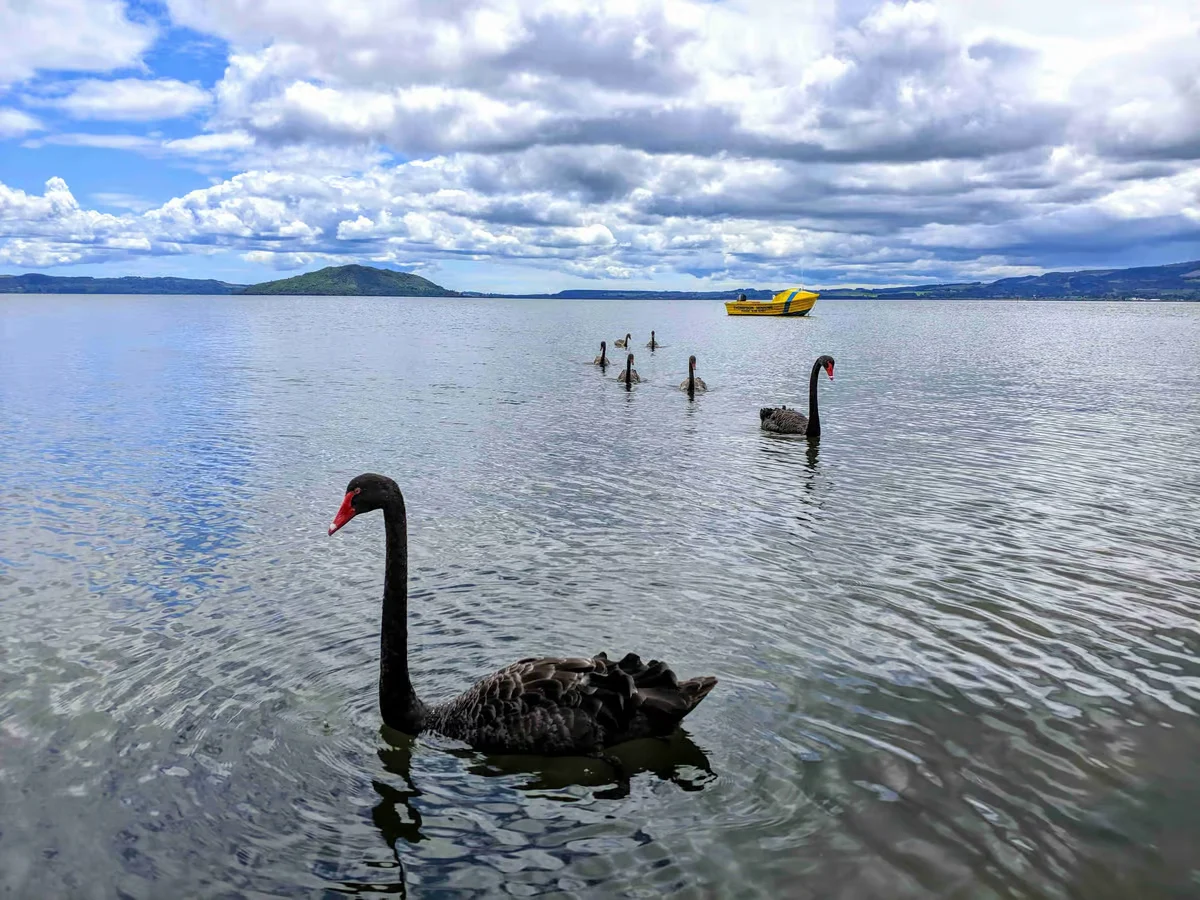
Source: Photo by Jeevan Jose on Unsplash
This route offers a deep dive into New Zealand’s unique geothermal landscape and rich Māori culture, starkly contrasting the coastal capital of Wellington.
Tips for Your Road Trip
Here’s how you can make your road trips more memorable:
Check your vehicle before leaving
Before setting out on your road trip , ensuring your vehicle is in top condition is crucial. This means checking the oil and water levels, tire pressure, and brake fluid. Ensure all lights are working properly and windshield wipers are in good shape.
Remember to check that you have a functional spare tire and the necessary tools to change it. If you’re renting a car, familiarize yourself with its features and where everything is located.
It’s also a good idea to have the contact information for roadside assistance handy. These precautions can help prevent breakdowns and ensure a smoother, safer journey.
Pack essentials
New Zealand’s weather can be unpredictable, so it’s important to be prepared for all conditions. Pack plenty of water to stay hydrated, especially on longer stretches of road where services might be limited.
Bring a variety of snacks to keep energy levels up between meals. A well-stocked first aid kit is essential for treating minor injuries or ailments on the go. Include items like bandages, antiseptic wipes, pain relievers, and any personal medications.
As for clothing, layers are key. Pack warm jackets, raincoats, and sturdy walking shoes. Even if you’re traveling in summer, it’s wise to have a warm layer handy, especially if you’re heading to higher altitudes or planning early morning or evening activities.
Another essential you mustn’t forget is your International Driver’s License. You don’t want to get any hiccups from the authorities while driving around. To get yours, you can visit this page .
Plan your stops
While it’s great to have a general itinerary, it allows flexibility to take advantage of New Zealand’s numerous scenic spots. Many of these must be marked on standard maps but can offer breathtaking views or unique experiences.
Research potential stopping points along your route beforehand. These could include lookout points, short walking tracks, waterfalls, or interesting geological features. Take your time from point A to point B; instead, embrace the journey.
Pack a picnic and enjoy the many well-maintained rest areas along New Zealand highways. These stops break up the drive and allow you to immerse yourself in the country’s natural beauty fully.
Stay connected
While New Zealand generally has good cell phone coverage in urban areas, signal can be patchy or non-existent in more remote regions. To ensure you stay aware, download offline maps of your route and destination areas before you set off .
Google Maps allows you to download specific areas for offline use, which can be a lifesaver when you lose signal. For more consistent internet access, it’s also worth considering renting a portable WiFi device or purchasing a local SIM card.
However, don’t rely solely on digital navigation—carry a physical map as a backup. Inform someone of your travel plans, especially if you’re heading into more isolated areas.
Be prepared for winding roads
New Zealand’s stunning landscapes often come with challenging driving conditions. Many roads can be narrow and winding, especially in mountainous or coastal areas. Take your time and drive at a speed you’re comfortable with, even below the speed limit.
Use pullover bays to let faster traffic pass. Be prepared for sudden changes in gradient and sharp turns. If you need to get used to driving on the left side of the road, take extra care, particularly when turning or at roundabouts.
Respect the environment
New Zealand takes great pride in its natural environment, and as a visitor, it’s important to help preserve it. Follow the “Leave No Trace” principles: pack out all your trash, stick to marked hiking trails, and don’t disturb wildlife or plant life.
Be careful with cigarette butts, and make sure campfires are completely extinguished. Use designated facilities for waste disposal, including dump stations for campervans. Be mindful of water usage, especially in more remote areas.
Respect any signs about pest control or biosecurity—these are crucial for protecting New Zealand’s unique ecosystem. By treating the environment with care you help ensure its preservation for future visitors.
Book accommodation in advance
New Zealand is a popular tourist destination, especially during the peak summer months of December to February. During this time, accommodation in popular areas can be booked weeks or months in advance.
To avoid disappointment or settling for less desirable options, it’s wise to book your accommodation well ahead of time. This is particularly important for popular tourist spots like Queenstown, Auckland, or areas near national parks.
If you prefer a more flexible itinerary, consider booking at least your first few nights and any stays in high-demand areas, leaving some room for spontaneity in between. Remember that some remote areas may have limited accommodation options, making booking even more crucial.
New Zealand Beckons!
Each route offers a unique slice of New Zealand’s diverse landscapes and cultures. Whether you’re drawn to art deco architecture, volcanic wonders, coastal views, South Island charm, or geothermal marvels, a perfect road trip awaits you. So grab your keys, turn up your favorite playlist, and get ready to explore the beauty of Aotearoa New Zealand!
Frequently Asked Questions (FAQ)
What’s the best time of year for a road trip in New Zealand?
The best time depends on your preferences. Summer (December-February) offers warm weather but is busiest. Spring (September-November) and Autumn (March-May) have milder temperatures and fewer crowds. Winter (June-August) is great for skiing, but some alpine roads may be closed.
Are there any road toll charges in New Zealand?
There are only three toll roads in New Zealand, all in the North Island. These are the Northern Gateway Toll Road north of Auckland, the Tauranga Eastern Link Toll Road, and the Takitimu Drive Toll Road in Tauranga.
What’s the speed limit in New Zealand?
The default speed limit is 100 km/h on open roads and highways and 50 km/h in urban areas. However, always check the posted speed limits, as they can vary.
Is it necessary to rent a 4WD vehicle?
For most main roads and highways, a standard 2WD vehicle is sufficient. However, if you plan to explore more remote areas during winter, a 4WD might be beneficial.
Are there restrictions on freedom camping in New Zealand?
Yes, freedom camping is only allowed in designated areas. Many regions have strict rules, and fines for camping in non-designated spots can be issued. Always check local regulations.
How often will I need to refuel on these road trips?
Gas stations are generally available every 100-150 km on main routes. However, they can be scarcer in more remote areas. It’s a good rule to refuel when your tank is half empty.
What should I do if I encounter wildlife on the road?
New Zealand has a lot of wildlife, especially sheep and cattle. Drive slowly, use your horn to alert animals, and be patient. Never swerve suddenly to avoid animals, as this can be dangerous.
Can I rent a campervan instead of a car?
Yes, campervans are a popular option for road trips in New Zealand. They provide transport and accommodation in one but remember they’re larger and may be more challenging to drive on winding roads.
What kind of insurance should I get for a road trip?
Third-party insurance is recommended at a minimum. Consider comprehensive insurance for peace of mind. If renting, carefully review the insurance options provided by the rental company.
Are there any unique driving laws in New Zealand that I should know?
Yes, for example, using a handheld mobile phone while driving is illegal. All passengers must wear seatbelts, and children under 7 must be in an approved car seat.

